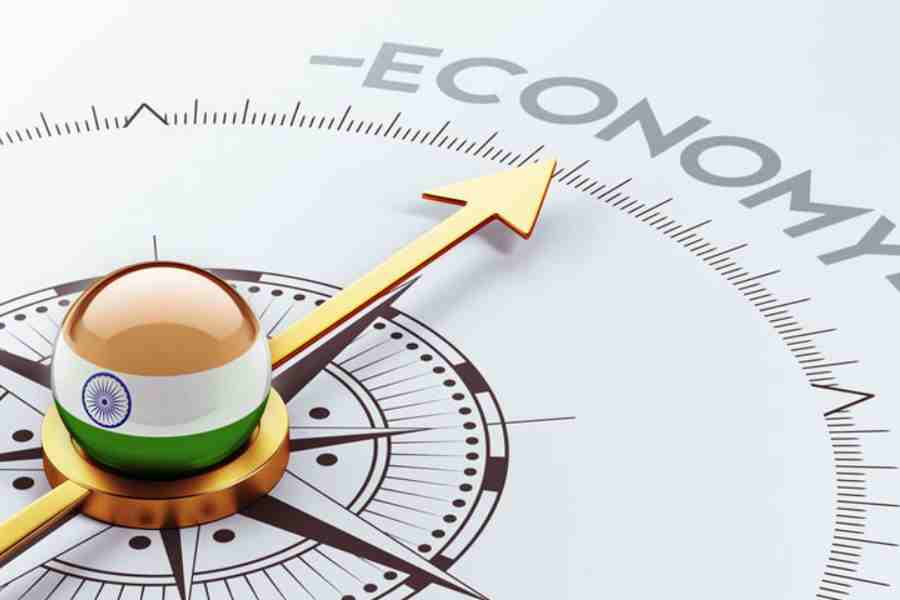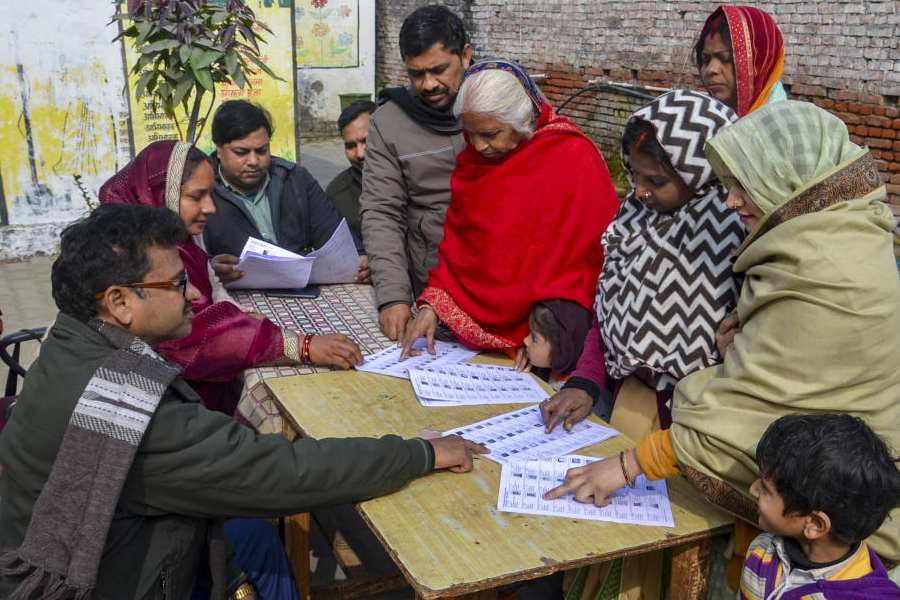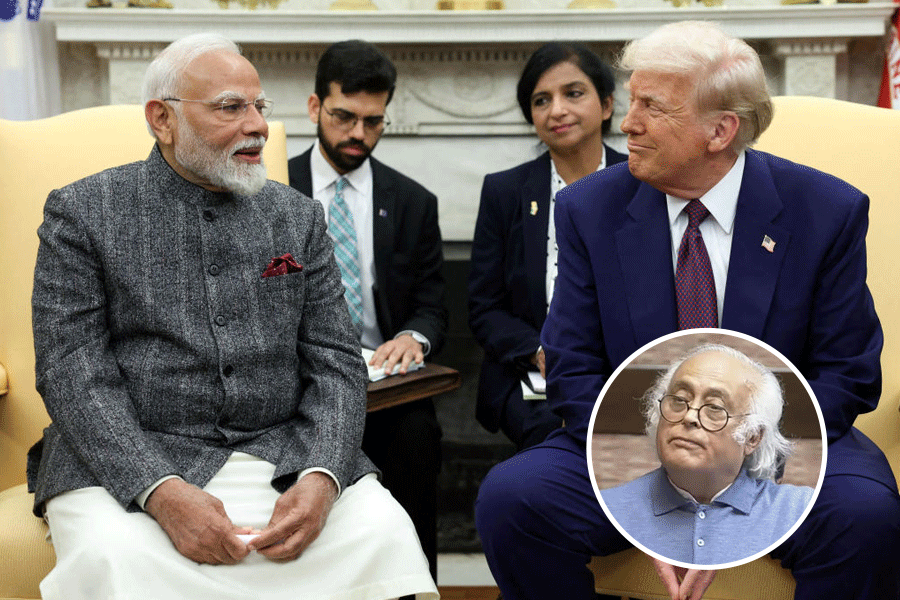Why do some nations break away from the orbit of stagnation and suddenly rise to prosperity? It is tempting to locate this success in governmental policies, trade pacts, or foreign investments. But history offers a subtler, more profound, answer.
In the late-18th century, England was not a wealthy country by modern standards. It had a restive working class, a rigid social structure, and limited access to capital. Yet it erupted into the world’s first industrial powerhouse. A century later, the United States of America followed a similar arc. More recently, China has managed to pull off the most dramatic economic transformation in history within just four decades.
What happened in these countries? The American economist, Edmund Phelps, offers a compelling insight: in each of these transitions, there was a cultural shift that preceded and propelled economic transformation. For a period, these societies started to value grassroots innovation, risk-taking, and entrepreneurial energy.
This lesson bears repeating as India dreams of becoming Viksit Bharat by 2047.
India is now the world’s fourth-largest economy. But its growth masks a deeper imbalance. According to Oxfam, 5% of Indians control over 60% of the nation’s wealth. Stock markets break records. Yet the informal sector, where most Indians live and work, struggles for credit, connectivity, and recognition. Much of our policymaking remains top-down. History offers a caveat. Latin America and post-Soviet Union Russia adopted similar models, with little lasting success. India must not repeat their mistakes.
The soul of India’s economy lies not in corporate boardrooms but in the unorganised sector comprising over 60 million micro, small, and medium enterprises. Most of them operate without formal access to credit. They battle inconsistent electricity, municipal indifference, and opaque bureaucracies. Yet they persist. They innovate in small ways. They reduce costs, improve quality, expand customer bases, often without using the vocabulary of 'start-ups' or 'disruption'. These entrepreneurs are not waiting for schemes to rescue them. They need a supportive ecosystem. What holds them back is not their lack of will but our failure to build enabling structures. Land remains difficult to acquire, labour laws are still tangled, and access to finance is restricted to the already banked.
China’s post-1978 rise is often attributed to central planning but its real breakthrough came from decentralising control. Deng Xiaoping empowered Township and Village Enterprises, shifting economic agency to the grassroots. This bottom-up model fostered innovation and ownership. India can draw inspiration from this but must chart its own path. We are not a centralised State but a pluralistic democracy. Our growth model must reflect this reality.
To enable true bottom-up transformation, three strategic shifts are essential. The first should be from subsidies to access. Replace handouts with reliable infrastructure, electricity, roads, and broadband. Second, from formality to flexibility. What entrepreneurs need is simplified taxation, minimal compliance, and responsive regulation, not red tape. Third, from welfare to wealth creation. Every panchayat must have a business facilitation centre, not for paperwork but for training, credit access, digital tools, and market linkages.
Viksit Bharat will not be built in conference halls. It will rise from dusty workshops, home kitchens doubling as small enterprises, and mobile apps run from rural kiosks. Real prosperity will emerge when dignity is restored to enterprise. History rarely repeats, but it often rhymes. England had its Industrial Revolution; America had its capitalist explosion; China had its socialist-market hybrid success. India’s moment will come when we unleash the latent energy of our people.
Ashutosh Kumar Thakur is a public policy professional, literary critic, and curator











